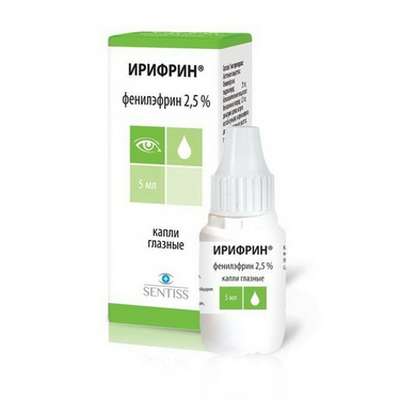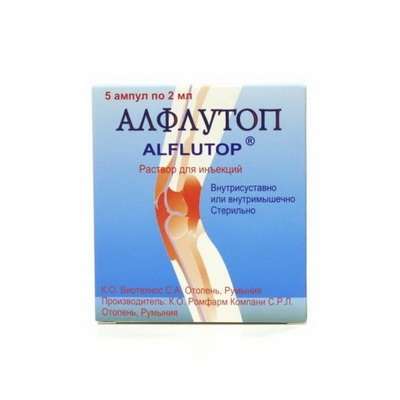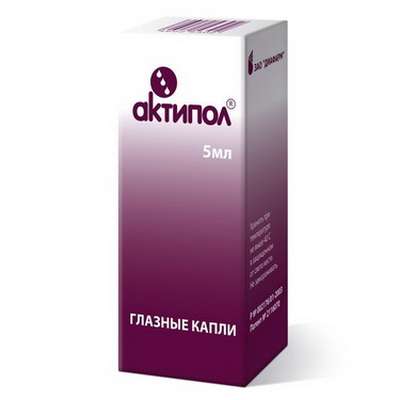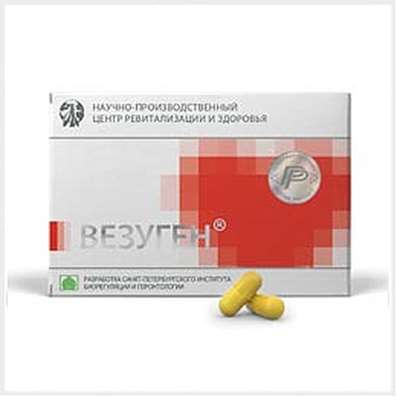Instruction for use: Clivarin
I want this, give me price
Dosage form: solution for injections
Active substance: Reviparinum natrium
Pharmacological group
Anticoagulants
Nosological classification (ICD-10)
I74 Embolism and arterial thrombosis: Thrombosis of effort (stress); Arterial thrombosis; Arteriothrombosis; Subacute and chronic arterial thrombosis; Subacute thrombosis of peripheral arteries; Postoperative thrombosis; Vascular thrombosis; Vascular embolism; Thrombosis of aortocoronary shunt; Arterial thrombosis; Thrombosis of arteries; Coronary artery thrombosis; Coronary thrombosis; Thrombosis of blood vessels; Thrombosis with ischemic stroke; Thrombosis with general surgical operations; Thrombosis in Oncology Operations; Vascular thrombosis; Thrombus formation in the postoperative period; Thrombotic complications; Thromboembolic diseases; Thromboembolic syndrome; Thromboembolic complication in the postoperative period; Thromboembolism of arteries; Partial vascular thrombosis; Embolism; Embolism of arteries
I82 Embolism and thrombosis of other veins: Recurrent venous thrombosis; Postoperative thrombosis; Venous thrombosis; Acute venous thromboembolism; Recurrent vein thrombosis; Venous thrombosis; Thrombosis of veins of internal organs; Venous thrombosis; Deep vein thrombosis; Thrombosis of blood vessels; Vascular thrombosis; Thrombosis of veins; Deep vein thrombosis; Thromboembolic diseases; Thromboembolism of veins; Severe venous thrombosis; Embolism; Embolism of veins; Thromboembolic complications
Z100 * CLASS XXII Surgical practice: Abdominal surgery; adenomectomy; Amputation; Coronary angioplasty; Angioplasty of the carotid arteries; Antiseptic skin treatment for wounds; Antiseptic Hand; Appendectomy; atherectomy; Balloon coronary angioplasty; Vaginal hysterectomy; The coronary bypass; Interventions in the vagina and cervix; Interventions on the bladder; Intervention in the mouth; Restoration and reconstructive surgery; Hand hygiene of medical personnel; Gynecologic surgery; Gynecological intervention; Gynecological surgery; Hypovolemic shock during operations; Disinfection of purulent wounds; Disinfection of wounds edges; Diagnostic intervention; Diagnostic procedures; Cervical Diathermocoagulation; Long-surgery; Replacing the fistula catheters; Infection in orthopedic surgery; Artificial heart valve; cystectomy; Short-term outpatient surgery; Short-term operation; Short surgical procedures; Krikotireotomiya; Blood loss during surgery; Bleeding during surgery and in the postoperative period; Kuldotsentez; laser photocoagulation; laser coagulation; retinal laser coagulation; Laparoscopy; Laparoscopy in Gynecology; CSF fistula; Small gynecological operations; Small surgical procedures; Mastectomy and subsequent plastic; mediastinotomy; Microsurgical operations on the ear; Mukogingivalnye operation; suturing; Minor surgery; neurosurgical operation; Immobilization of the eyeball in ophthalmic surgery; testectomy; pancreatectomy; Perikardektomiya; The period of rehabilitation after surgery; The period of convalescence after surgery; Percutaneous transluminal coronary angioplasty; Pleural thoracentesis; Pneumonia postoperative and posttraumatic; Preparation for surgical procedures; Preparation for surgery; Preparation of the surgeon's hands before surgery; Preparation of the colon for surgical procedures; Postoperative aspiration pneumonia in neurosurgical and thoracic surgery; Postoperative nausea; Postoperative bleeding; postoperative granuloma; postoperative shock; The early postoperative period; myocardial revascularization; Radiectomy; gastric Resection; bowel resection; uterine Resection; liver Resection; enterectomy; Resection of part of the stomach; Reocclusion of the operated vessel; Bonding tissues during surgical procedures; Removal of sutures; Condition after eye surgery; Condition after surgery; Condition after surgery in the nasal cavity; Condition after gastrectomy; Status after resection of the small intestine; Condition after tonsillectomy; Condition after removal of the duodenum; Condition after phlebectomy; Vascular surgery; Splenectomy; Sterilization of surgical instruments; Sterilization of surgical instruments; sternotomy; Dental surgery; Dental intervention in periodontal tissues; strumectomy; Tonsillectomy; Thoracic surgery; Thoracic surgery; total gastrectomy; Transdermal intravascular coronary angioplasty; Transurethral resection; Turbinektomiya; Removal of a tooth; cataract surgery; Removal of cysts; tonsillectomy; Removal of fibroids; Removing the mobile primary teeth; Removing polyps; Removing broken tooth; Removal of the uterus body; Removal of sutures; Fistula likvoroprovodyaschih ways; Frontoetmoidogaymorotomiya; Surgical infection; Surgical treatment of chronic limb ulcers; Surgery; The surgery in the anal area; The surgery on the colon; Surgical practice; The surgical procedure; Surgical interventions; Surgery on the gastrointestinal tract; Surgical procedures on the urinary tract; Surgical procedures on the urinary system; Surgical intervention of the genitourinary system; Surgical procedures on the heart; Surgical manipulation; surgery; Surgery on the veins; Surgical intervention; Vascular surgery; Surgical treatment of thrombosis; Surgery; cholecystectomy; Partial gastric resection; hysterectomy; Percutaneous transluminal coronary angioplasty; Percutaneous transluminal angioplasty; Coronary artery bypass; tooth Extirpation; Extirpation of milk teeth; pulpectomy; pulsative cardiopulmonary bypass; tooth Extraction; teeth Extraction; cataract extraction; Electrocoagulation; endourological intervention; episiotomy; Etmoidotomiya; Complications after tooth extraction
Composition and release form
A filled one-time syringe (0.25 ml) contains 10.4 mg of sodium reviparin corresponding to the units of anti-Xa activity of 1750 IU of the First International Standard for low molecular weight heparin (corresponding to 11-16 mg of the heparin fragment); In the box there are 5 syringes.
Characteristic
A fragment of heparin with an average molecular weight of 3500-4500 from the porcine intestinal mucosa obtained by cleavage with nitrite.
Pharmachologic effect
Mode of action - Anticoagulant.
Affects most of the phases of blood coagulation, inhibits the X factor.
Pharmacokinetics
With SC to the introduction of T1 / 2 3-4 hours, which is significantly higher than unfractionated heparin.
Clinical Pharmacology
Possessing the ability to block the X factor, it acts on the initial stage of coagulation and gives a pronounced and prolonged antithrombogenic effect. The possibility of bleeding is insignificant.
Indications of Clivarin
Primary prophylaxis of deep vein thrombosis during and after surgery; At a risk of thromboembolism.
Contraindications
Hypersensitivity (to sodium reviparin and / or to heparin), diseases accompanied by increased hemorrhage (hemorrhagic diathesis, insufficiency of coagulation factors), thrombocytopenia, diseases suggesting vascular disorders (stomach and / or intestinal ulcers), hypertension (diastolic pressure higher than 105 MmHg), hemorrhagic stroke, cerebral artery aneurysm, retinopathy, vitreous hemorrhage.
Pregnancy and breast-feeding
Contraindicated in the first trimester of pregnancy. It does not penetrate the placenta (can be administered during pregnancy), but in small amounts falls into the mother's milk. You cannot rule out an increased risk of miscarriage. During labor to women who received Clivarin, epidural anesthesia is absolutely contraindicated. With disseminated intravascular coagulation of blood with consumption coagulopathy, which occurs in the premature detachment of the placenta, urgent therapy with heparin and synthetic antifibrinolytic drugs is indicated.
Side effects
Bleeding, thrombocytopenia (including against the background of coagulopathy of consumption with thrombosis and thromboembolism, with skin necrosis at the site of hypodermic injections), petechia, purpura and melena, increased activity of serum transaminases, LDH, lipase, hyperkalemia, hypoaldosteronism, priapism, vasospasm, Local tissue reactions (densification, redness, depigmentation and small hematomas), allergic reactions (nausea, headache, fever, pain in the extremities, urticaria, itching, dyspnea, bronchospasm, hypotension).
Interaction
Hypocoagulation is enhanced by coumarin derivatives, dipyridamole, dextran, cephalosporin antibiotics, penicillin, NSAID (acetylsalicylic acid, phenylbutazone, indomethacin, sulfinpyrazone, etc.). Nitroglycerin (IV) can weaken the effect. Propranolol, and possibly other medicinal substances are displaced from the complex with plasma proteins and act more strongly.
Dosing and Administration
SC (not enter IM): disposable syringe is ready for use immediately after removing the protective cap from the needle. SC injection should be made in a fold of skin on the abdomen (between the umbilicus and the iliac spine of the pelvis) or on the front surface of the thigh. The needle is directed vertically into the formed fold of the skin and is also extracted in the vertical direction. For the primary prevention of thrombosis and thromboembolism in surgical interventions, the first injection is 2 hours before the operation, and then, as in the other cases. The duration of treatment depends on the nature of the disease, the risk of thrombosis and lasts up to 7 days. It is mandatory to monitor the number of platelets before the injection, and at least after the first and fourth days of treatment and then twice a week.
Overdose
It shows a significant decrease in blood coagulability. It is necessary to slow the IV administration of protamine (neutralizes anti-IIa activity completely, and anti-Xa activity - in part) at the rate of 1 mg protamine per 100 anti-Xa units of the Clivarin.
Precautionary measures
A thorough medical control is necessary in the treatment of elderly patients, especially women, while using medications that raise the level of potassium in the blood serum. Clinical experience in the treatment of children is absent. Avoid injections due to the risk of hematoma. It is not recommended to recruit other medicinal substances in a syringe with low molecular weight heparin (salts and a sediment with organic bases are formed).
Storage conditions of the drug Clivarin
At a temperature not higher than 25 ° C.
Keep out of the reach of children.
The shelf life of the drug Clivarin
3 years.
Do not use beyond the expiration date printed on the package.

 Cart
Cart





